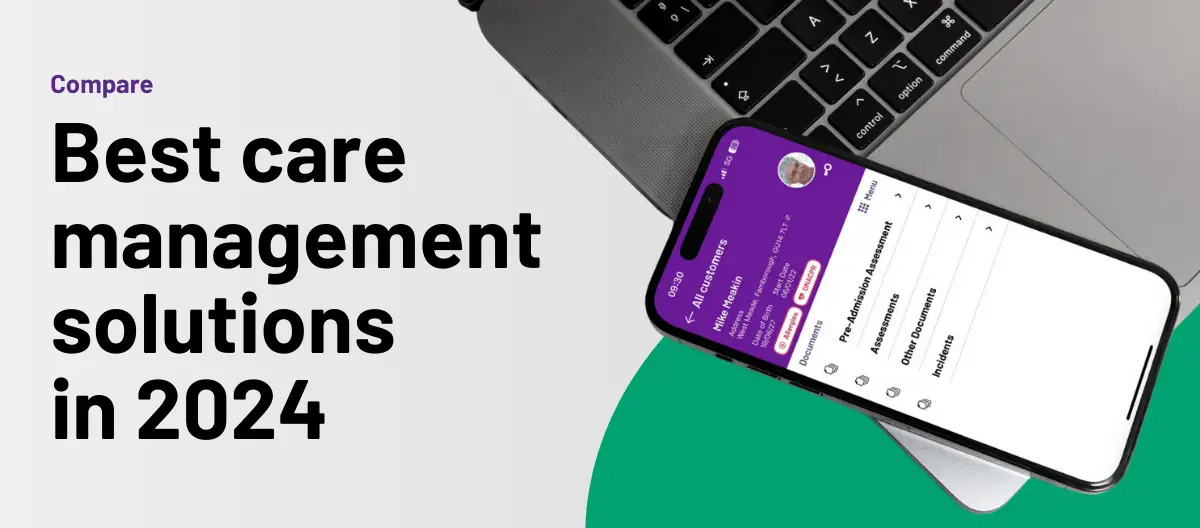Extensive research and investment is being carried out into the use of assistive technologies in social care.
Innovations range from socially assistive technology such as Amazon Alexa and Softbank Robotics’ Pepper robot, which is already being trialled at care facilities in the UK, to a growing array of physically assistive robotic systems.
Retailing at £18,000, Pepper is the world’s first social humanoid robot able to recognise faces and basic human emotions.
The four-foot-tall robot is able to hold conversations, provide medication prompts and reminders, dance, offer entertainment and supervise and guide activities such as exercise programmes and simple household tasks such as cooking.
As researchers strive towards the nirvana of a fully integrated technology ecosystem, Pepper offers the tantalising capability of being able to link digital care planning, emedication and entertainment systems.
Pepper can be integrated with smart technologies and sensors in the home to help people take their medication. By positioning a sensor on a medicine drawer, for example, Pepper can detect when medication has not been taken, provide an alert and even then provide support with taking the medication.
Aside from Pepper, there is a vast range of other assistive technologies being trialled in the UK and around the world.
These include the Hybrid Assistive Limb (HAL) – the world’s first cyborg type robot being developed by Cyberdyne in Japan.
A fusion of man, machine and information, HAL provides greater mobility for the physically challenged.
Other exciting technology focused on providing support with menial tasks around the home includes the Dyson robot vacuum cleaner and the TIAGo robot whose multi-functional arm is able to carry a 15kg load.
Innovate UK’s JUVA modular robotic system provides support in the home to the bed-bound or immobile. Mounted on a ceiling track, the robotic arm and hoist system can fetch household items and provide support with standing and walking around the home.
Elsewhere in the UK, the Bristol Robotics Laboratory is developing its IDress – Assistive Interactive Robotic System to provide elderly people with support in dressing.
Other mobility assistive technologies include the Panasonic robot bed which converts into a wheelchair and the Neo walker which uses artificial intelligence to adapt to someone’s physical needs and provide exercise activities and guidance.
Telepresence robots are also being developed to allow carers to provide remote controlled support for people in the home. Developed in Japan, the technology enables carers to carry out household tasks remotely through robotics which are manipulated through the use of 3D Virtual Reality glasses.
While there is already a vast array of exciting assistive technologies in development, the practical application of the technologies is still very much in its infancy, however, and much debate still remains to be had about the ethical implications of the use of robotics in care.
While it remains to be seen, therefore, how these robotics will be deployed in a care environment, the potential roll-out of this technology in the coming decade is nonetheless a hugely exciting prospect and promises a potentially better quality of life for the old and physically challenged.
By Andrew Mason




